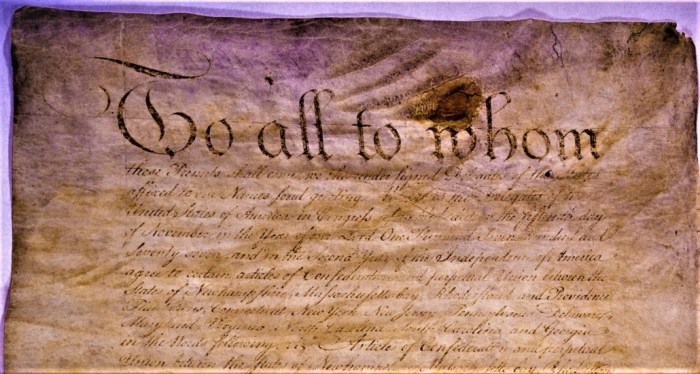Worksheets on the Articles of Confederation offer an in-depth exploration of the foundational document that shaped the early development of the United States. These worksheets delve into the historical context, structure, impact, and legacy of the Articles of Confederation, providing a comprehensive understanding of this critical period in American history.
The Articles of Confederation, adopted in 1781, served as the first constitution of the United States. It established a loose confederation of states, each retaining significant autonomy. The worksheets examine the strengths and weaknesses of this structure, analyzing its impact on the development of a unified nation.
1. Introduction

The Articles of Confederation were the first constitution of the United States, adopted in 1781 and ratified in 1789. They established a loose confederation of sovereign states, each retaining its independence and autonomy.
The Articles of Confederation were drafted during the American Revolutionary War as a means of uniting the thirteen colonies against British rule. They sought to create a framework for cooperation and coordination among the states, while preserving their individual sovereignty.
2. Structure and Content of the Articles of Confederation

The Articles of Confederation consisted of thirteen articles, each addressing a specific aspect of the confederation’s structure and operation. Key provisions included:
- Establishment of a Congress as the central governing body, with each state having one vote.
- Powers granted to Congress included declaring war, making peace, and negotiating treaties.
- Prohibition of states from entering into alliances or treaties with foreign powers.
- Requirement for unanimous consent from all states to amend the Articles of Confederation.
Strengths of the Articles of Confederation
- Preserved state sovereignty and autonomy.
- Facilitated cooperation and coordination among states during the war effort.
Weaknesses of the Articles of Confederation, Worksheets on the articles of confederation
- Limited powers of Congress, leading to difficulty in governing effectively.
- Unanimous consent requirement for amendments, making it virtually impossible to adapt to changing circumstances.
- Lack of a central executive or judiciary.
3. Historical Impact of the Articles of Confederation

The Articles of Confederation played a significant role in the development of the United States:
- Provided a framework for cooperation during the war effort and the early years of independence.
- Exposed the limitations of a loose confederation and the need for a stronger central government.
- Led to the Constitutional Convention and the adoption of the U.S. Constitution in 1789.
4. Legacy and Significance of the Articles of Confederation: Worksheets On The Articles Of Confederation

The Articles of Confederation remain a significant document in American history, serving as a reminder of the challenges and opportunities faced by the young nation.
Lessons learned from the Articles of Confederation include:
- The importance of a strong central government to ensure effective governance.
- The need for a balance between state sovereignty and national authority.
- The value of flexibility and adaptability in constitutional design.
Clarifying Questions
What were the key provisions of the Articles of Confederation?
The Articles of Confederation established a loose confederation of states, with each state retaining significant autonomy. It created a unicameral Congress with limited powers, including the authority to declare war, make treaties, and regulate commerce.
What were the strengths of the Articles of Confederation?
The Articles of Confederation provided a framework for cooperation among the states, allowing them to address common challenges such as foreign threats and economic issues.
What were the weaknesses of the Articles of Confederation?
The Articles of Confederation lacked a strong central government, which made it difficult to enforce laws and address national issues. It also did not provide for a national executive or judiciary.